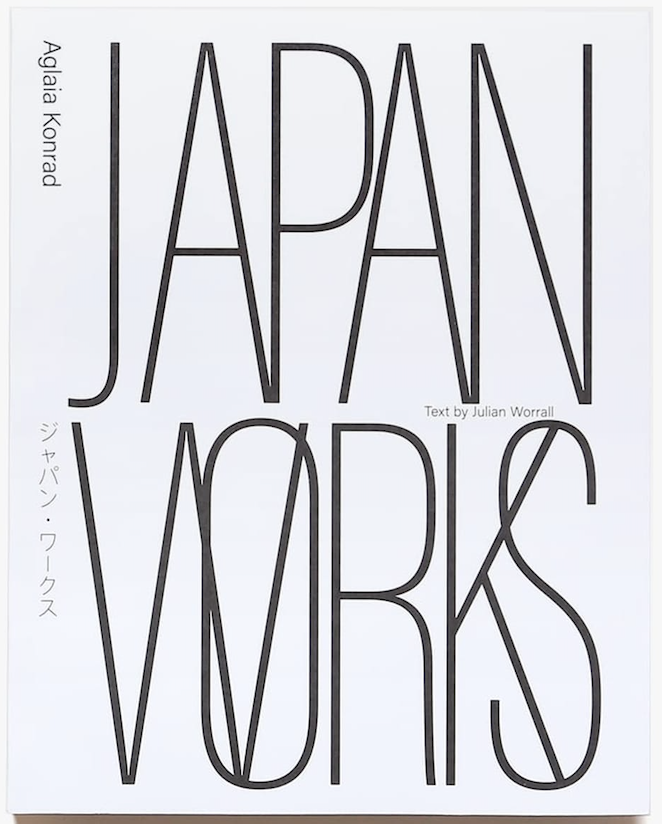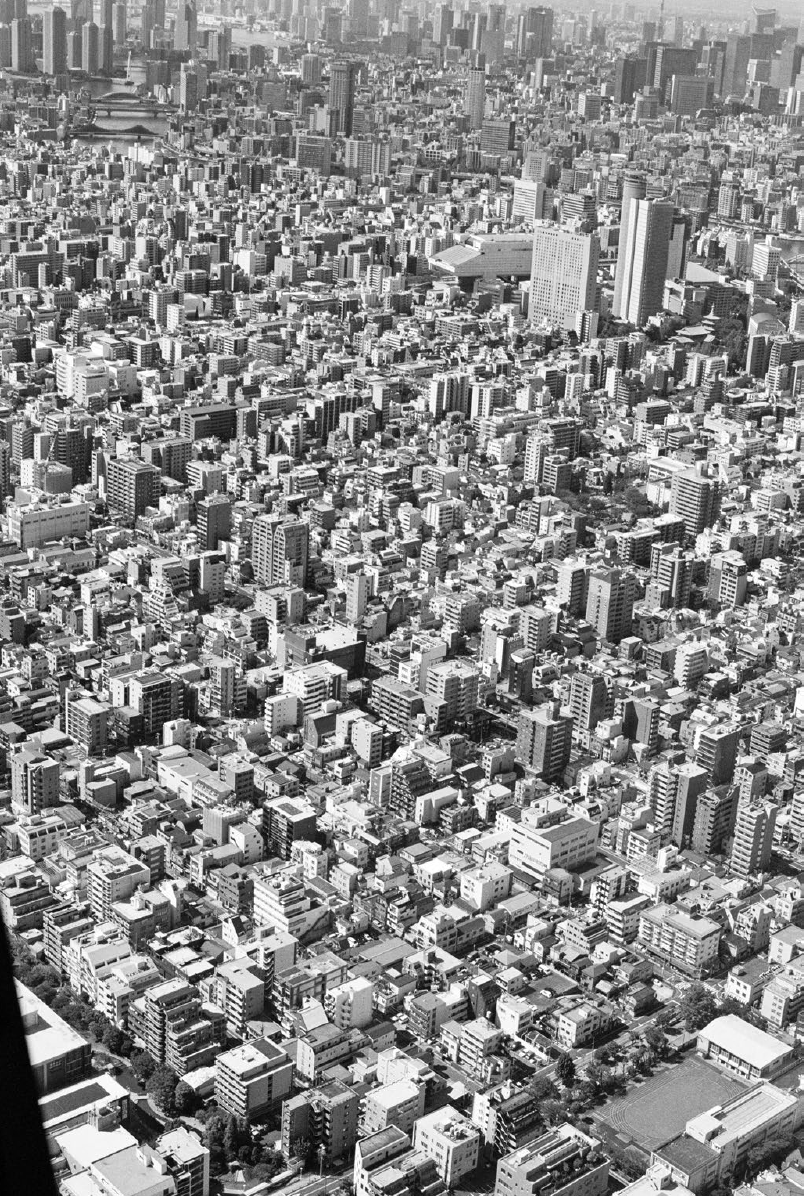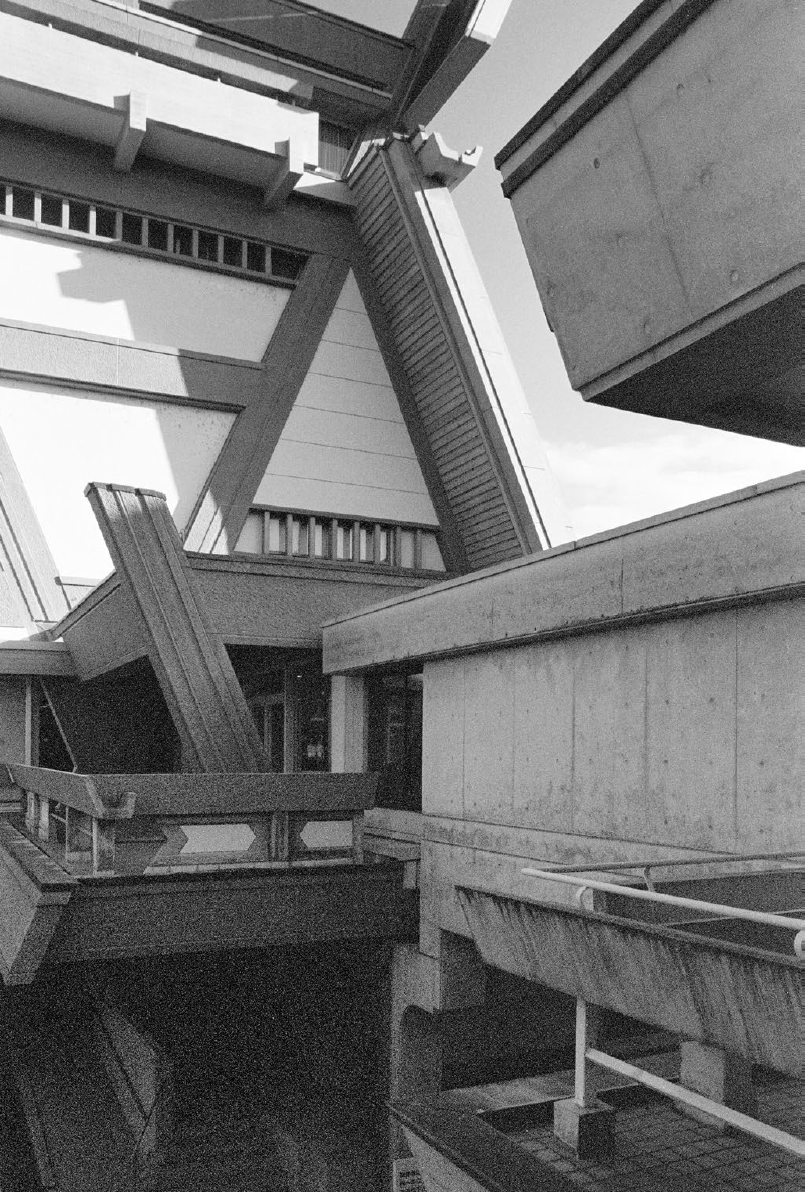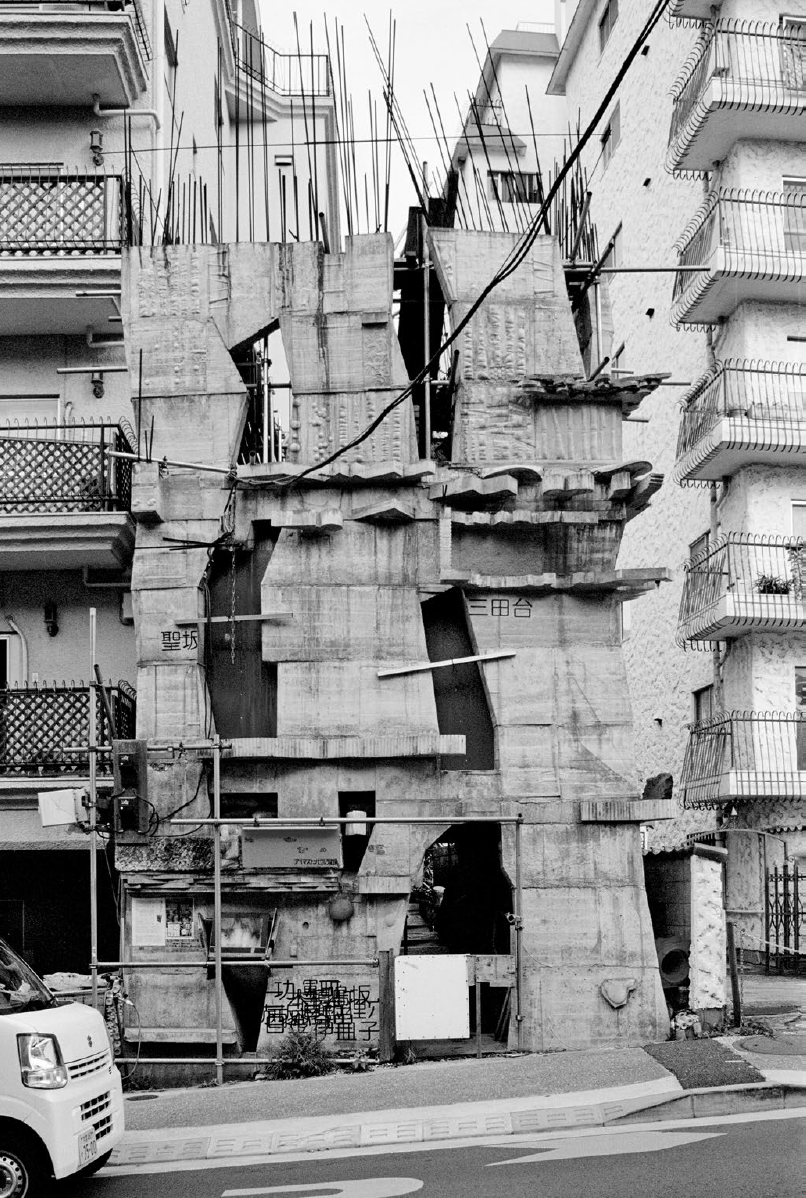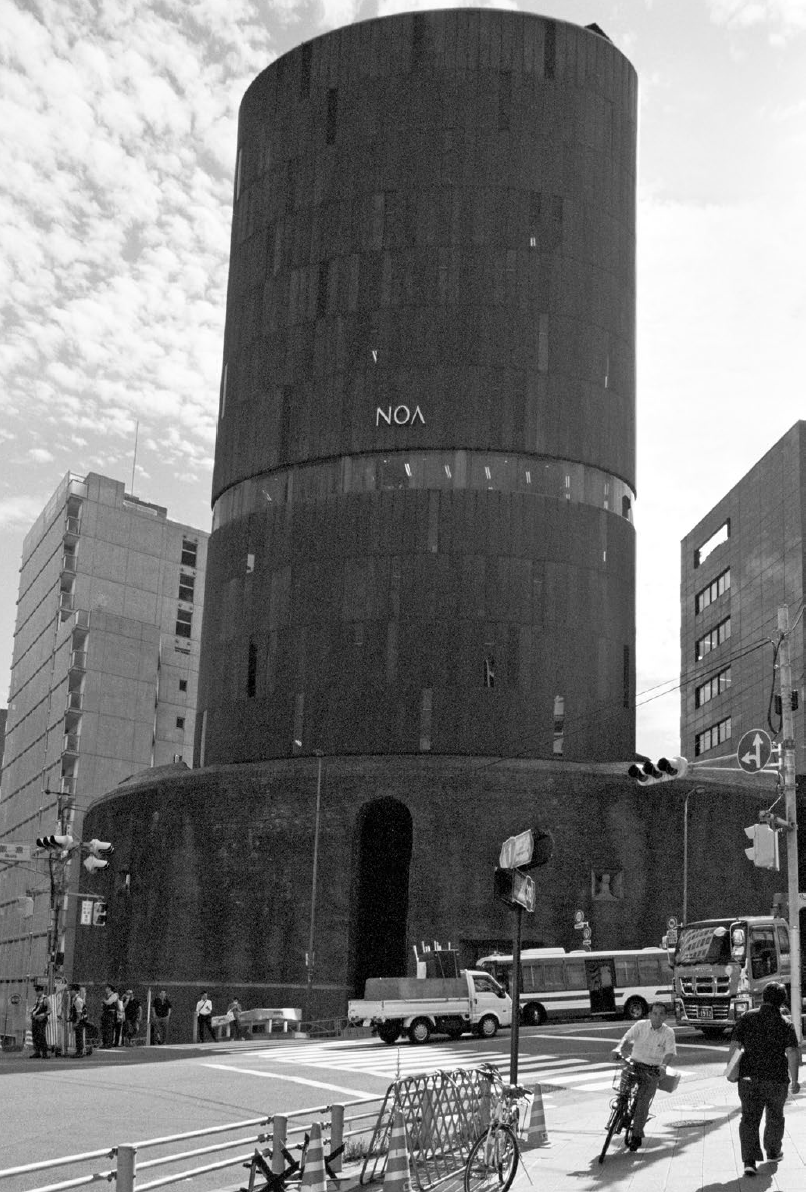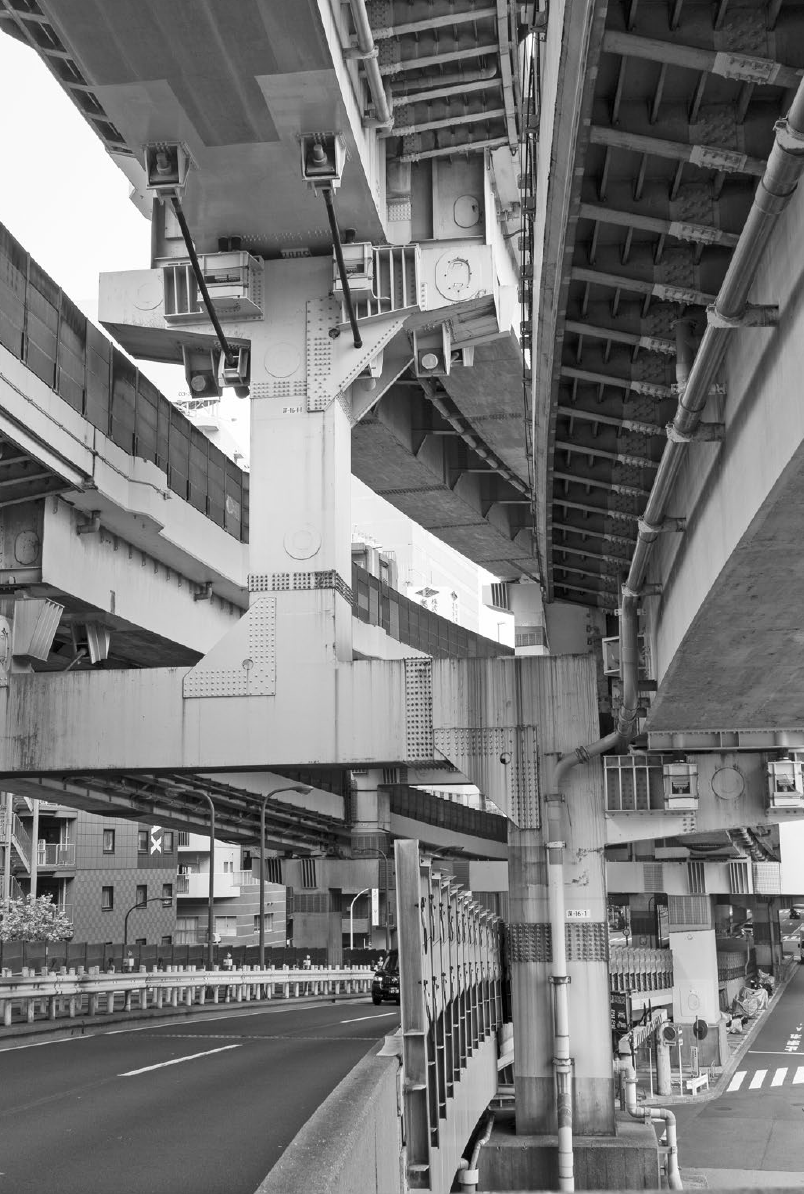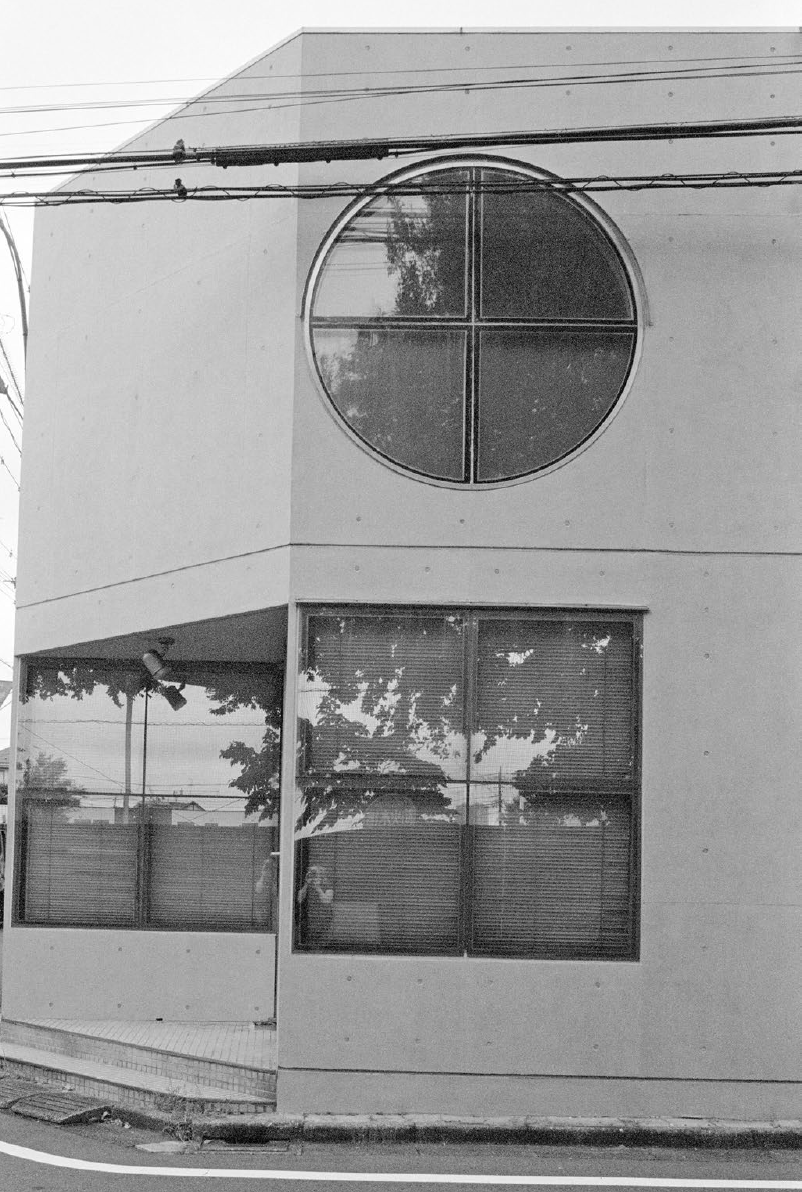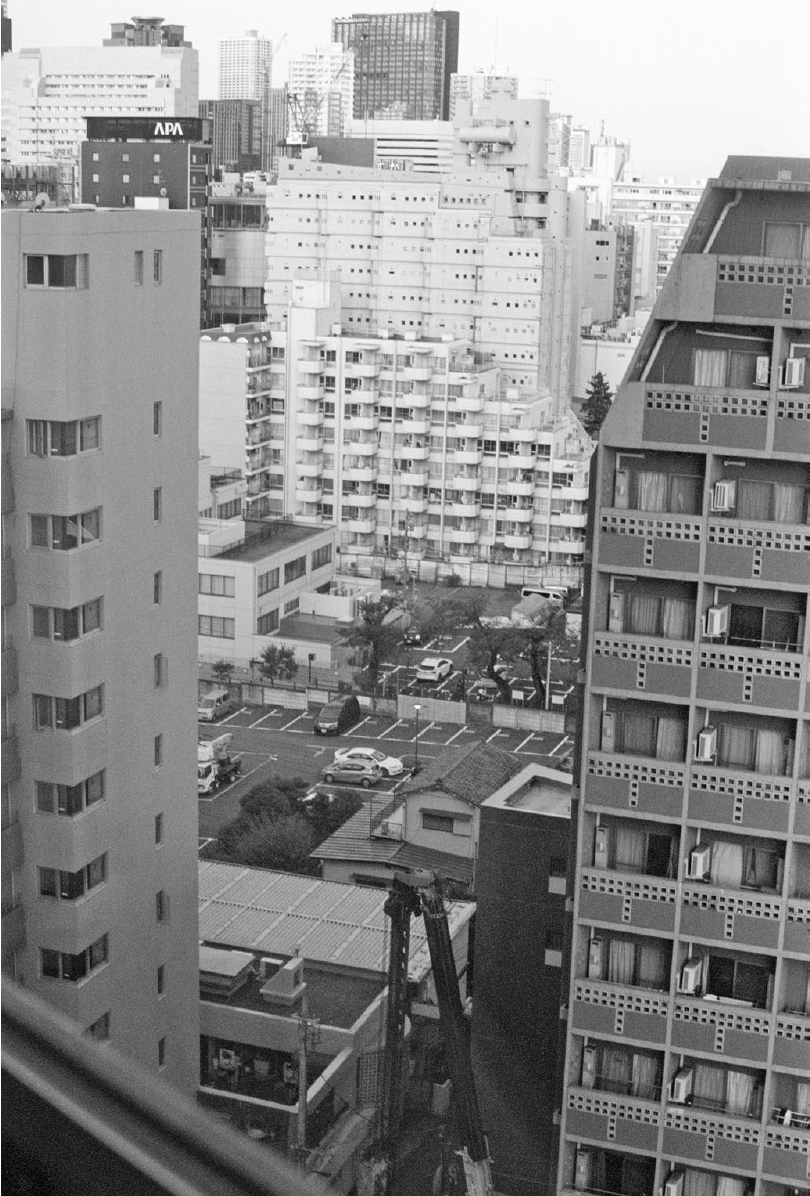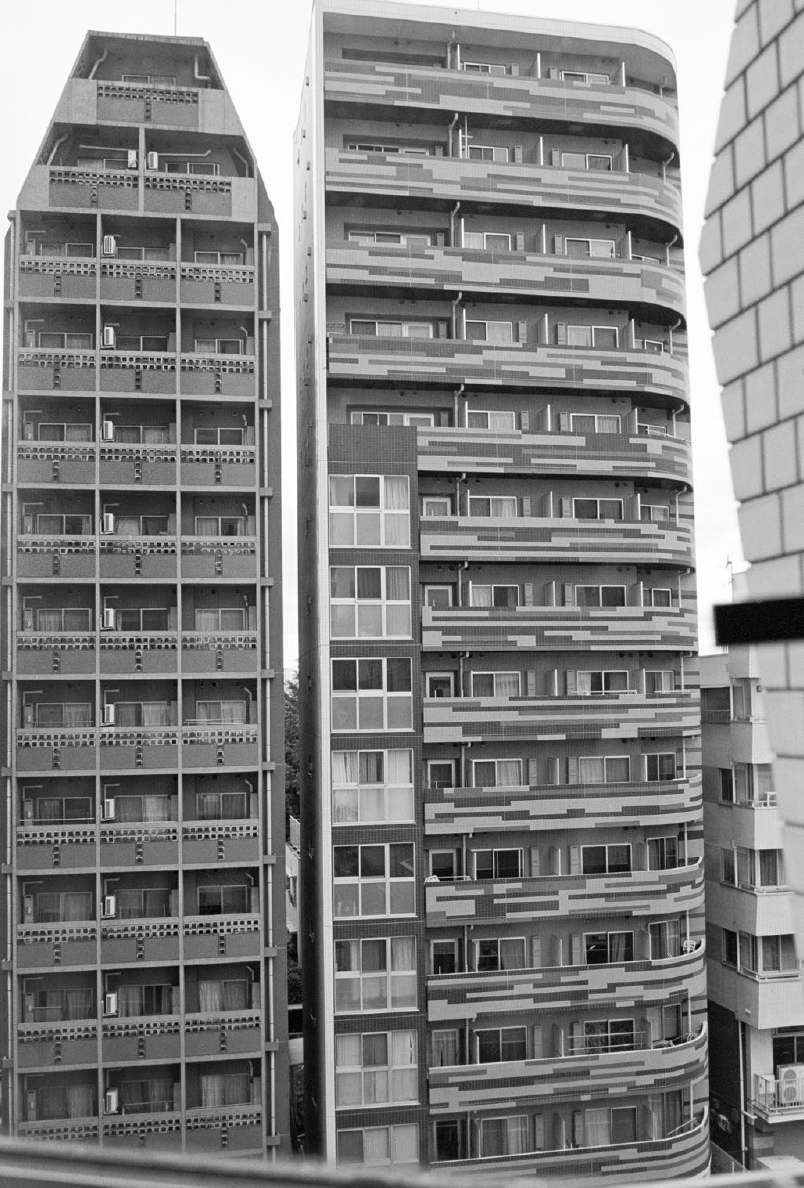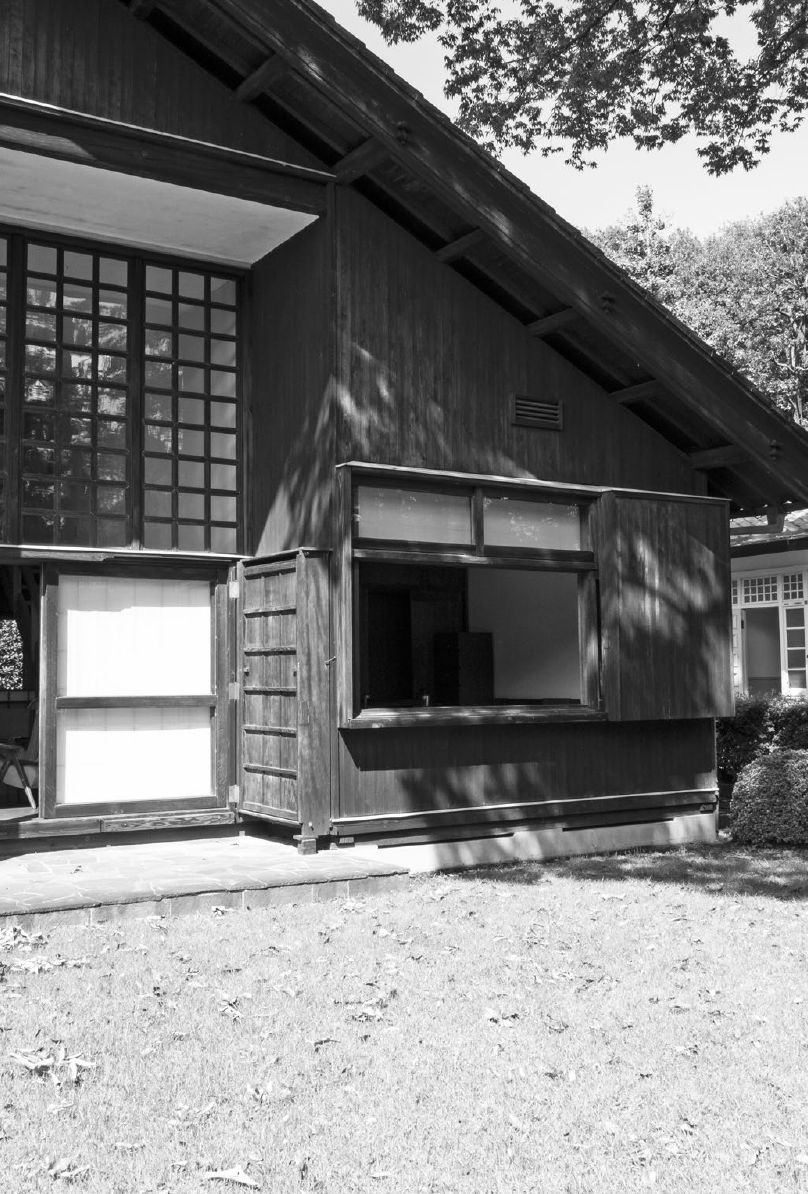The Organism of the City, Aglaia Konrad
IMA online
For IMA magazine’s website, I wrote about Aglaia Konrad’s fascinating study of the Japanese urban landscape, Japan Works (Roma Publications, 2021) :
For a European city dweller, the experience of Japanese cities can be disconcerting. The structure of Tokyo or Osaka differs radically from our capitals. Far from the homogeneity of Haussmanian Paris, the Japanese capital is a city of layers where new often rubs up against old, raw concrete and glass against weathered wood and sheet metal—a city where the accumulation of different layers is visible right on the street.
This contrast is most apparent in the infrastructure. In Europe this is generally invisible or at least hidden as much as possible. In Japan, however, it dominates the surface of the city at all levels. It is not only visible, but imposes itself to the point of becoming the dominant element that orders the space and the urban experience.
Aglaia Konrad, Japan Works, Amsterdam: Roma Publications 2021.
Fascinated by this alternative conception of the city, the Polish artist based in Brussels Aglaia Konrad traveled to Japan in the autumn of 2019 to conduct a research project on the metabolic architectural trend that emerged in the post-war years, a movement fueled by both ideas about architectural megastructures as well as biological growth processes to develop a new conception of urban construction. The icon of the movement is Kisho Kurokawa’s Nakagin Capsule Tower in Shimbashi, Tokyo, which sadly began to be slowly dismantled in April 2022.
Despite her interest in representative metabolic achievements, Konrad decided to broaden the scope of her research to encompass the anonymous architecture of urban expanses and thus the street-level experience of the Japanese city and to open herself up to chance encounters. This journey resulted in a stunning, sprawling book (496 very dense pages) entitled Japan Works, published by Roma Publications in 2021. Through thousands of photographs, the book is a richly detailed documentation of her journey through Tokyo, Itoigawa, Kyoto, Nagoya and Osaka. The book interweaves full-page black-and-white images with grids of 12 color images taken with a digital camera.
Konrad seems to have photographed everything—every street she walked, every architectural feature—in a purely descriptive way, as if she had integrated the camera into her gaze. The images betray no concern for aesthetics, but rather act as a series of observations, visual notes on the characteristics of these urban spaces. The project functions by accumulation, relying on these thousands of images that translate the urban experience from street level.
Japan is a breeding ground for modern and contemporary architecture with an impressive list of leading architects ranging from Kenzo Tange to Arata Isozaki, Shigeru Ban, Toyo Ito, and the ever-present Tadao Ando. However, Konrad is less interested in the great architectural achievements than in the details of urban space: poles, pipes and ducts, stairwells, signs and billboards, water tanks, air-conditioners, and the ubiquitous network of overhead electrical cables. Unlike classical architectural photography, Konrad does not seek to glorify the architectural structures themselves, but to study their surrounding environment and how they fit into it.
The excellent texts by Australian architect and researcher Julian Worrall, which punctuate the book, give the reader keys to decipher these often chaotic urban spaces. Worrall writes primarily about specific buildings but the book also features short texts about specific urban attributes such as rhythm, repetition or speed. He describes Tokyo as a city that is “enveloping and gaseous, appearing to have no boundary or limit. Its felt characteristics are profusion, multitude, intricacy. It is a space of the many, not the one. […] The city reads as an immense accumulation of particles, a cloud of materials and objects held in crystalline suspension.” An elusive city, which seems to have become an organism in its own right.
Read the full interview in Japanese on the IMA website.
